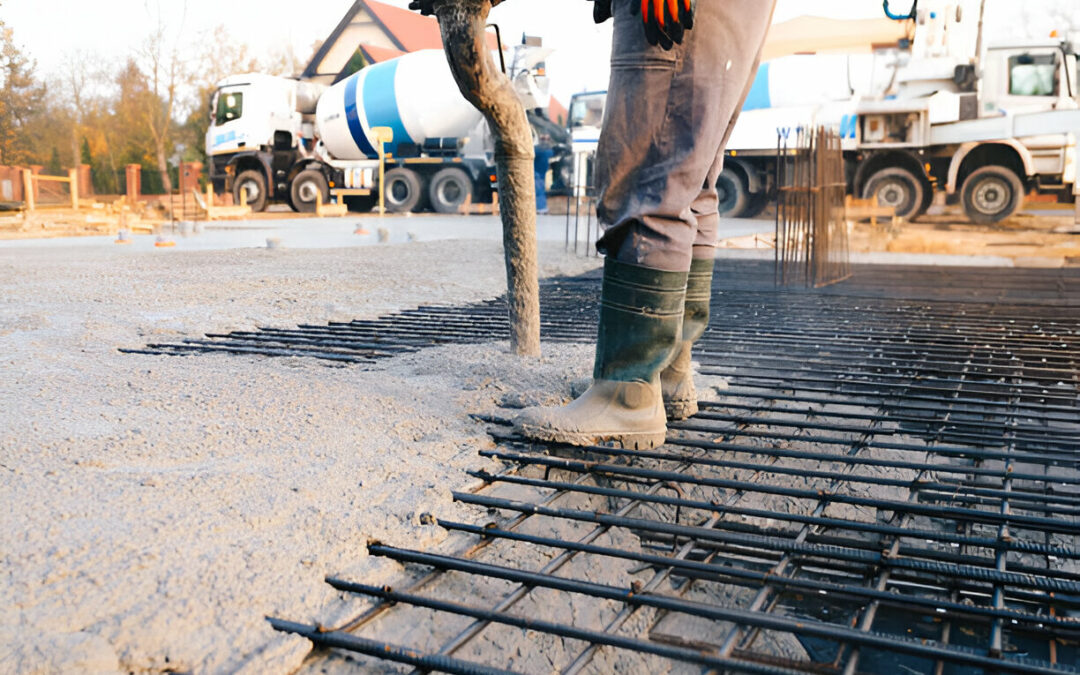If you want to ensure the longevity and durability of your concrete surfaces, learning from contractors’ expert advice is key. From identifying common issues to implementing effective repair techniques and proactive maintenance strategies, there’s a wealth of knowledge to tap into. By understanding these tips and tricks, you can save time and money while preserving the integrity of your concrete structures. So, are you ready to discover the secrets that can help you maintain and repair concrete surfaces like a pro?
Identifying Common Concrete Issues
To identify common concrete issues, start by examining the surface for cracks and spalling. These visible signs often indicate underlying problems that need attention. Cracks can be caused by various factors such as freeze-thaw cycles, structural movement, or improper installation. It’s crucial to determine the root cause of the cracks to prevent further damage.
Additionally, look out for spalling, which is when the surface of the concrete starts to chip or flake off. This can be a result of poor mixtures, corrosion of reinforcement bars, or water infiltration. Spalling not only affects the appearance of the concrete but also weakens its structural integrity.
Furthermore, keep an eye out for discoloration, staining, or scaling on the surface. These issues can be caused by exposure to chemicals, improper curing, or environmental factors. Understanding these common concrete problems will help you address them effectively and prolong the lifespan of your concrete surfaces.
Effective Repair Techniques
After identifying common concrete issues such as cracks and spalling, the next step is to explore effective repair techniques. When dealing with cracks in concrete, start by cleaning out the crack using a chisel and brush to remove any debris. Next, apply a concrete patching compound, ensuring it fills the crack completely. For larger cracks, consider using a concrete repair caulk or epoxy injection to provide a more durable fix.
In cases of spalling, where the concrete surface is chipping or flaking, the damaged area should be chiseled out and cleaned thoroughly. Once clean, a new layer of concrete can be applied to restore the surface. Another effective repair technique is resurfacing the entire concrete area, especially if there are widespread issues like scaling or pitting. This involves applying a thin overlay of fresh concrete to give the surface a new lease on life. Remember to always follow manufacturer instructions and consider consulting a professional for complex repair jobs.
Proactive Maintenance Strategies
Considering the longevity of your concrete surfaces, implementing proactive maintenance strategies is essential. By taking preemptive measures, you can significantly extend the life of your concrete and prevent costly repairs down the road. One proactive strategy is to regularly inspect your concrete surfaces for any signs of damage, such as cracks, spalling, or discoloration. Addressing these issues promptly can help prevent them from worsening and causing more extensive damage. Additionally, applying a high-quality sealant to your concrete surfaces can provide an extra layer of protection against moisture penetration, chemical spills, and other forms of deterioration.
Another key proactive maintenance strategy is to keep your concrete surfaces clean by regularly sweeping away debris and washing them with a mild detergent. This simple routine can help prevent dirt and grime from building up and causing stains or erosion over time. Finally, be mindful of heavy vehicles or equipment that may cause unnecessary stress on your concrete surfaces and try to distribute weight evenly to avoid unnecessary damage. By incorporating these proactive maintenance strategies into your routine, you can ensure that your concrete surfaces remain in top condition for years to come.

